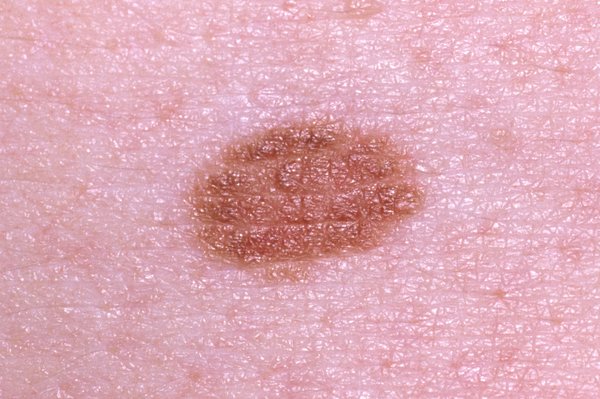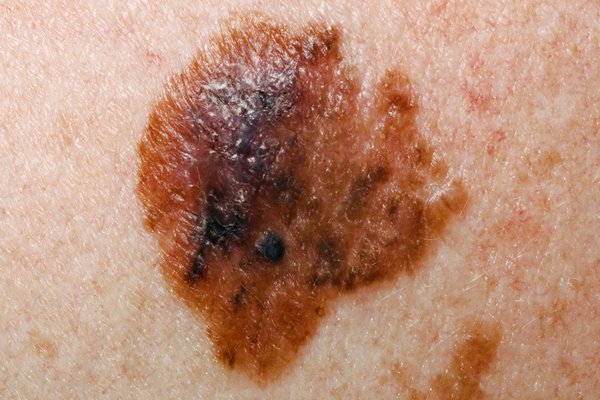|
Moles Moles are small, coloured spots on the skin. Most people have them and theyre usually nothing to worry about unless they change size, shape or colour.     Its normal for:
Some moles can be a sign of melanoma, a type of skin cancer. Signs of melanoma include:    See a GP if you notice a change in a moleIts important to get a new or existing mole checked out if it:
These changes can happen over weeks or months. If the GP thinks it's melanoma If the GP thinks your mole is melanoma, youll be referred to a specialist in hospital. You should get an appointment within 2 weeks. The main treatment for melanoma is surgery to remove the mole. Most moles are harmless. Harmless moles are not usually treated on the NHS. You can pay a private clinic to remove a mole, but it may be expensive. A GP can give you advice about where to get treatment. UV light from the sun can increase the chance of a mole becoming cancerous. If you have lots of moles, you need to be extra careful in the sun. Its important to check your moles regularly for any changes. There are some things you can do to protect your moles from sun damage, especially during hot weather. Do
Don't
Further informationThe British Association of Dermatologists (BAD) has more information about sunscreen and how to stay safe in the sun.  BestCareCompare | ||||||
| Find GP's near you.. Find local GP's and filter for personalised care. Check CQC ratings and review scores to help make the best choice for you... |
| Find Great Doctors... |
|
|
Doctors near London (See Full List) |


